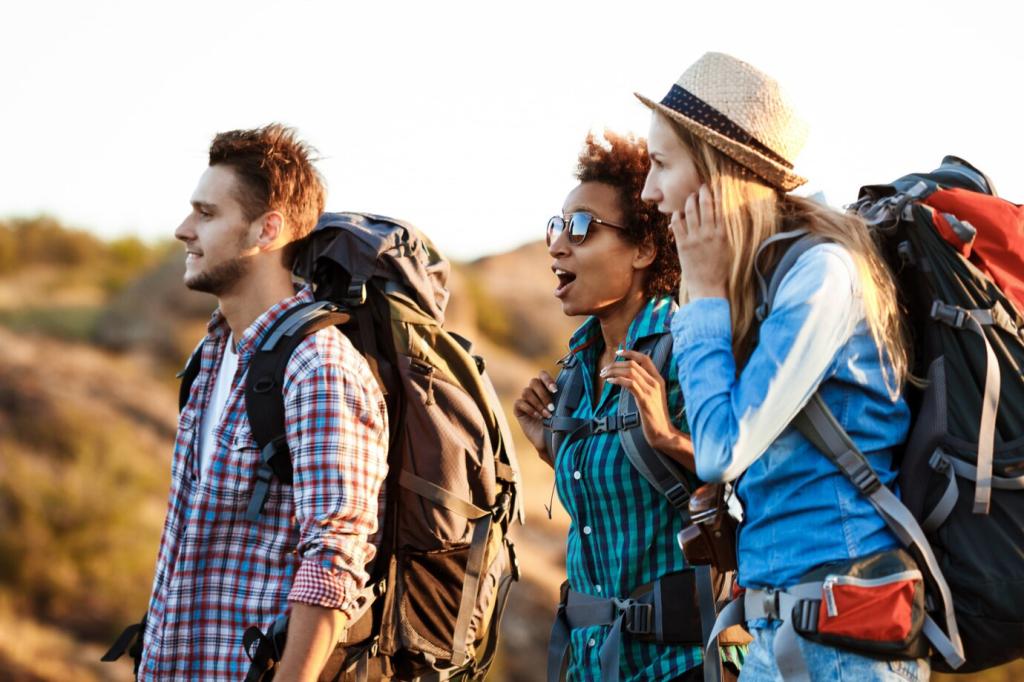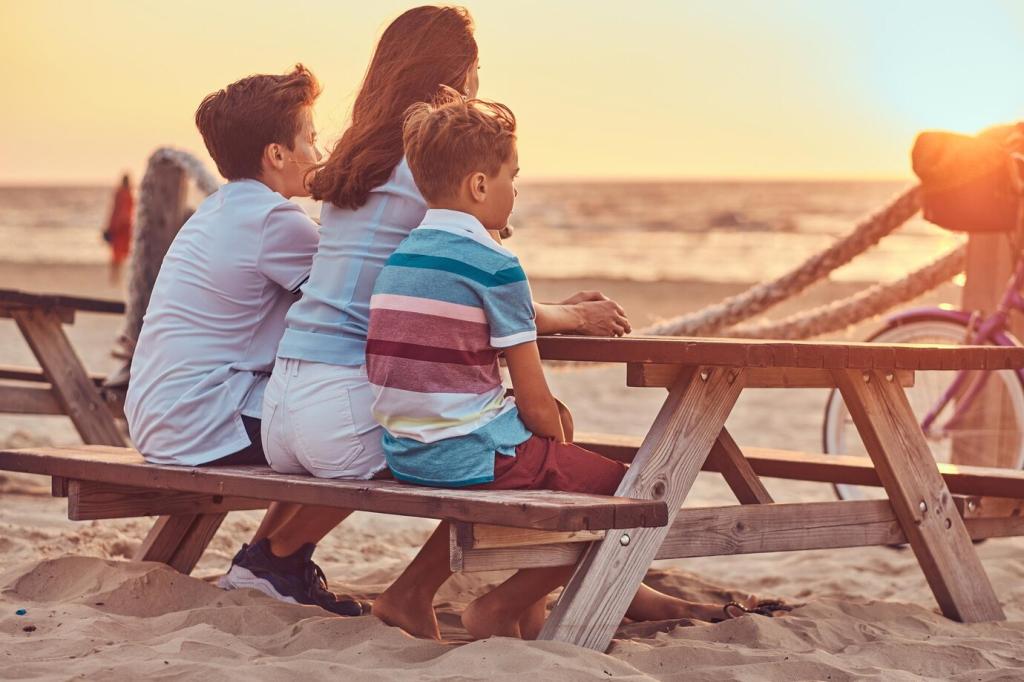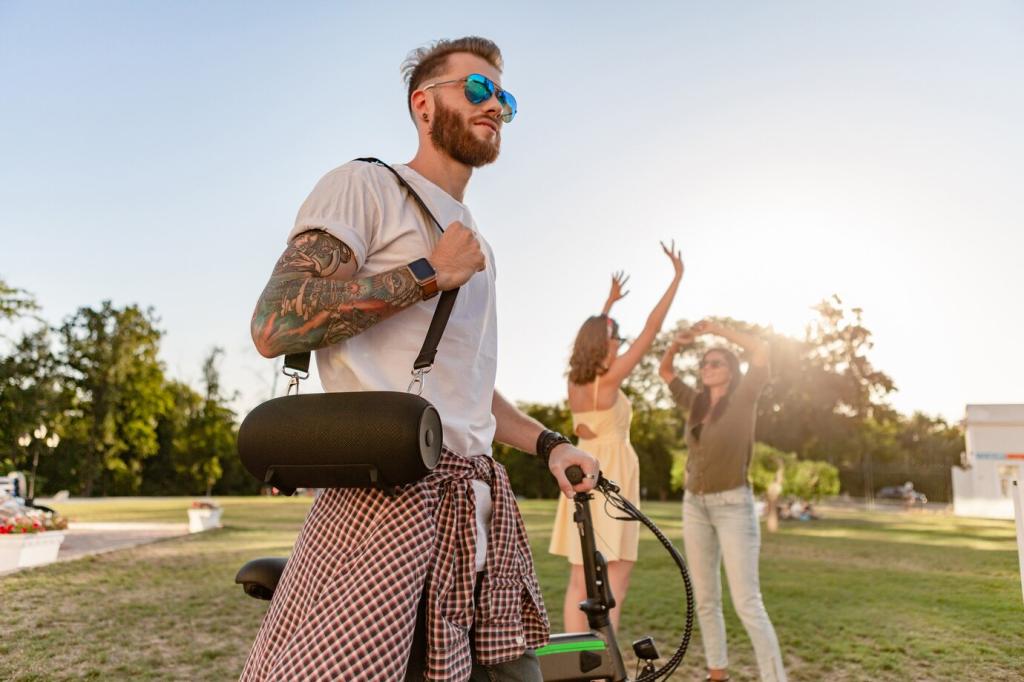Health First: Vaccinations, Insurance, and Care Plans
Schedule a pre-trip consultation to review routine vaccines, travel-specific recommendations, and medication dosages by weight. Ask about food and water precautions, motion sickness strategies, and sun protection, and request a brief medical summary to carry while abroad.
Health First: Vaccinations, Insurance, and Care Plans
Confirm your health or travel insurance covers international pediatric care, emergency evacuation, and pre-existing conditions. Save policy numbers and claim procedures offline. Consider telehealth options, which can be a lifesaver during midnight fevers in unfamiliar places.








